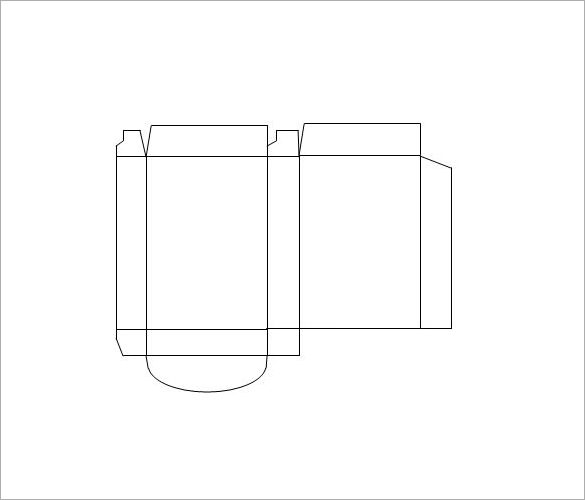

25% report that between 10 and 50% are troublesome.17% report that between 50 and 90% of the PDF files contain errors.6% claim that over 90% of the PDF files they receive contain errors.The above mentioned GWG survey also asked how often respondents encountered issues with incorrect PDF files. To a lesser extent people also reported issues with corrupted fonts, corrupt PDF files, incorrect CMYK separations, missing objects, RIP errors and incorrect use of layers. If that is not the case, an operator needs to fix this manually or a new PDF file must be requested. A die line should, for example, be defined as a spot color named ‘dieline’ and set to overprint. Technical elements are not defined properly (20+%)Ī document may need to contain data for die-cutting, embossing, spot varnishing, or some other type of embellishment.The conversion of spot colors to CMYK differs from the expected result (20+%).This can lead to incorrect color separations The output intent is missing or wrong (20+%)Ī typical example is the use of a US-specific output intent such as SWOP for files printed in Europe.Colors are not reproduced correctly (20+%).Flattening can also cause white rectangles to appear in graphic elements such as artwork or images. It can cause shifts in color or make text appear fat. There are issues with flattened transparency (30%)įlattening can cause thin white lines to appear.Obviously the worst problem is receiving a PDF file that has a different aspect ratio. A typical example is a business card measuring 85×55 mm positioned in the center of an A4-size page. These boxes are used to check if the PDF page size is correct, which sometimes is not the case. The PDF file format uses so-called page boxes to define page dimensions and bleed. The dimensions of the PDF do not match the requested size (30%).The use of incorrect profiles may lead to the colors of the printed result also being incorrect. Too much ink can also lead to muddy browns in neutral areas. This can lead to set-off where the ink of a still wet area rubs off on whatever is stacked on top of it. This can cause issues on press because the ink can’t dry properly. Small text can become difficult or impossible to read. Issues with overprint can cause page elements to disappear or change color. In this particular case, we’re talking about there being a difference between the Adobe Acrobat preview (with overprint set to be honored) and the printed result. The inappropriate use of overprint is an issue by itself. When spot colors are expected, the same color might appear twice or more, each time with a different name. Typically printers who ask for pure CMYK files get PDF files with spot colors in them.


The resolution of images is too low (70+%).I’ve included how many people reported seeing each issue. Below are the main issues reported by the 1100 respondents. In 2017 GWG, a graphic arts association ran a survey regarding the use of PDF files in the graphic arts industry. Even though the file format itself is reliable, PDF files can still be troublesome. The file format is also frequently used for submitting adverts to publishers or as a graphic file format for logos and drawings. PDF files are used to send print-ready data to printers.


 0 kommentar(er)
0 kommentar(er)
